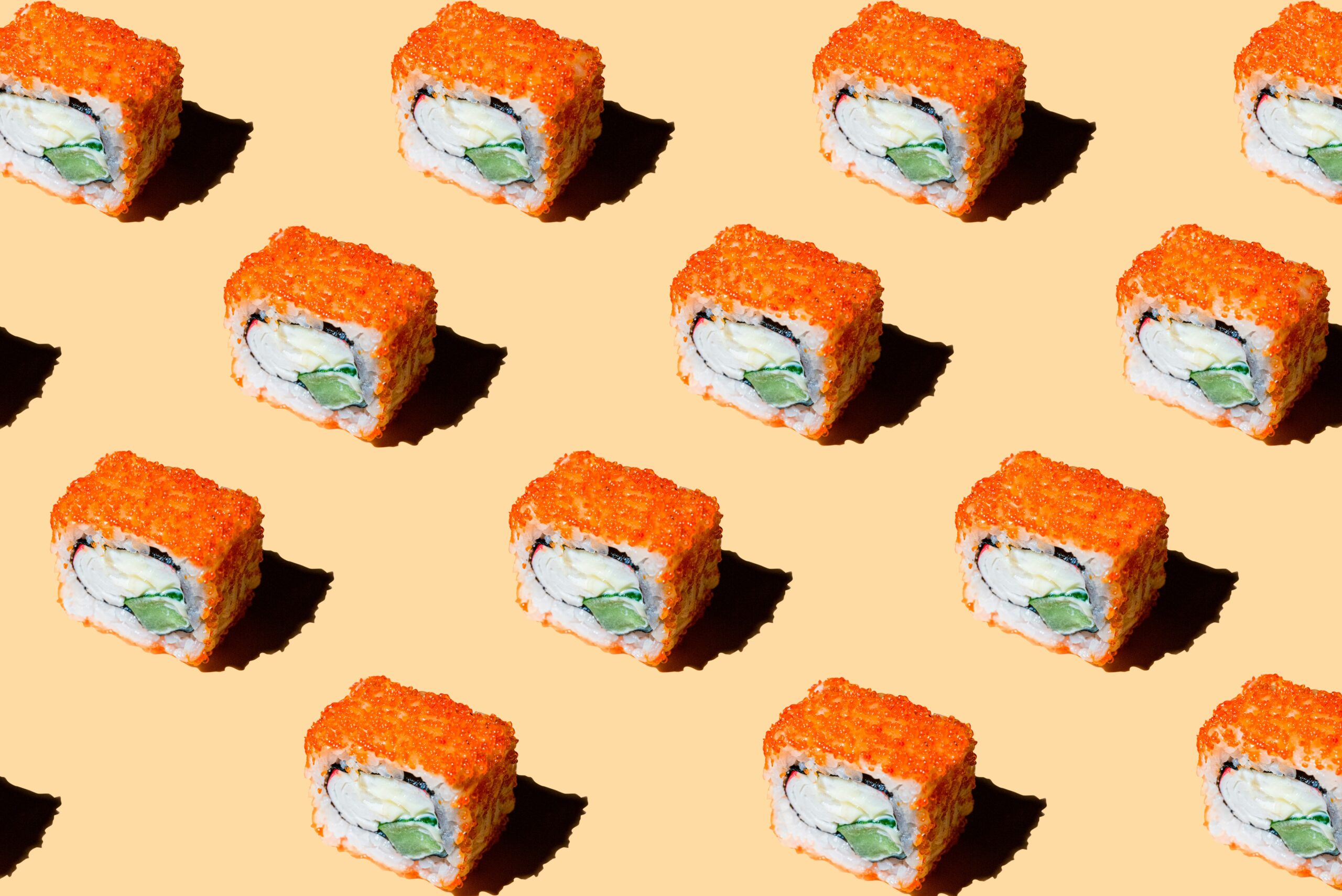Over the past three years, the sushi industry has experienced a remarkable evolution, blending tradition with technological innovation, sustainability, and increased accessibility. From high-tech restaurant experiences to the rise of grocery store sushi, these developments have significantly impacted how we enjoy this beloved cuisine.
Technological Advancements in Sushi Preparation
Renowned chefs are embracing technology to enhance efficiency without compromising quality. Chef Masaharu Morimoto, for instance, integrated advanced sushi-making robots at his quick-service concept, Mori Mori. These machines can produce up to 1,300 rice sheets per hour, ensuring consistency and speed in sushi preparation. Such innovations allow chefs to maintain the artistry of sushi while meeting high customer demand.
Sustainability in Sushi Practices
Sustainable practices have become increasingly prevalent in sushi restaurants across America. Chefs like Morgan Adamson of Hosēki in New York have prioritized sourcing local, sustainable seafood, ensuring freshness and supporting regional fisheries. This approach not only honors the fish but also appeals to eco-conscious diners seeking high-quality, environmentally friendly options.
Grocery Store Sushi: From Convenience to Culinary Destination
Grocery stores have significantly elevated their sushi offerings, transforming them into culinary destinations. Chains like Kroger have become major players in the sushi market, selling over 40 million pieces annually. This surge is attributed to consumers seeking healthier, quick meal options without the premium price tag of dining out.
To meet evolving consumer tastes, grocery stores have introduced innovative sushi offerings. Collaborations between brands have led to unique creations like the Doritos Flamin’ Hot Limón Shrimp Tempura Sushi Roll, available at Kroger locations. This roll combines traditional sushi ingredients with the bold flavors of Doritos, showcasing the fusion of classic and contemporary tastes.
Companies like Hissho Sushi have expanded their product lines with inventive options such as the Chili Lime Mango Salmon Roll and the Sichuan Chili Crisp California Roll, catering to adventurous palates and reflecting a commitment to culinary innovation.
The evolution of grocery store sushi exemplifies the industry’s adaptability and dedication to meeting consumer desires for innovative, high-quality, and convenient meal options. As retailers continue to invest in culinary creativity and in-store experiences, supermarket sushi is poised to remain a significant and dynamic segment of the food retail landscape.
Cultural Adaptations and Global Influence
Sushi’s adaptability has led to unique cultural interpretations worldwide. In the United Kingdom, Melbourne native Adam Miller introduced “Aussie-style” sushi rolls with his restaurant Rolled, located in Manchester’s Trafford Shopping Centre. Characterized by hand-held, uncut formats and innovative fillings like teriyaki chicken, this concept has been met with enthusiasm, highlighting sushi’s versatility and global appeal.
Sushi as a Symbol of Resilience
In Ukraine, sushi has emerged as an unexpected staple among military personnel and civilians during the ongoing conflict. Despite wartime challenges, restaurateurs have managed to import fresh fish, ensuring a steady sushi supply. This trend symbolizes a cosmopolitan identity and provides comfort amidst adversity, reflecting sushi’s role beyond mere sustenance.
Underground Movements to Mainstream Success
The pandemic saw the rise of underground sushi pop-ups, with chefs like Andy Tran gaining fame for high-quality sushi boxes delivered from home kitchens. Tran’s venture, Sushi Simpin, garnered a dedicated following across the Bay Area. Following a stint in Japan and hosting private omakase dinners, Tran is set to open a permanent restaurant named Kinjo in Milpitas, California, offering intricate nigiri and Western-style sushi rolls in an approachable setting.
These innovations over the past three years highlight sushi’s dynamic evolution, blending tradition with modern technology, sustainability, and cultural adaptation. As sushi continues to traverse global palates, its ability to innovate while honoring its roots ensures its enduring popularity and relevance in the culinary world.

Leave a Reply